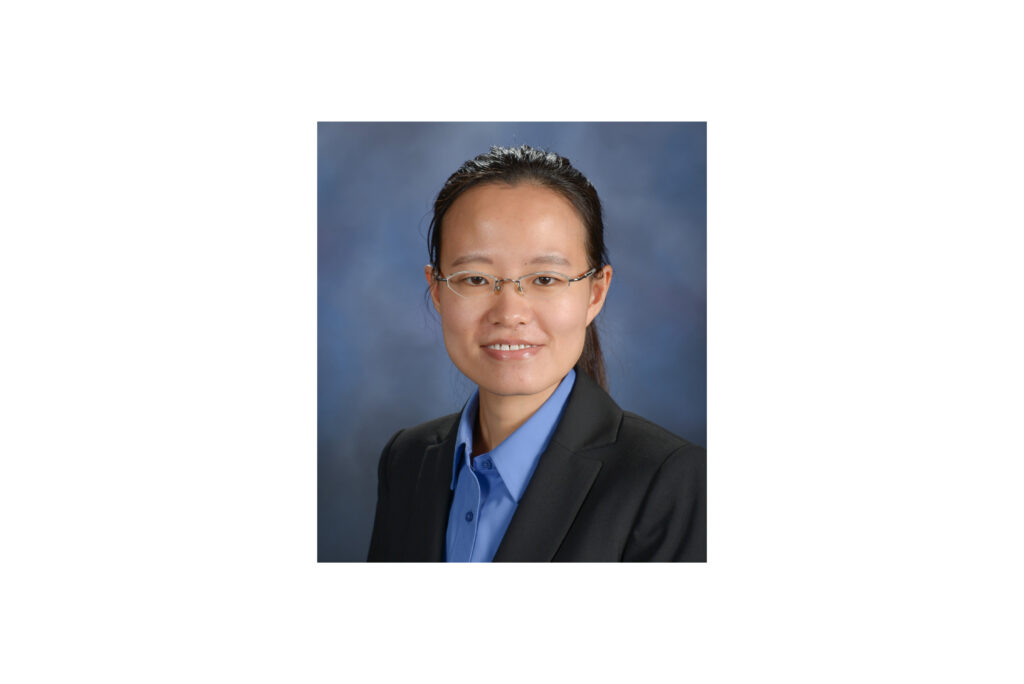Q. Please tell us about yourself. What brought you to your current position?
As a researcher, I have always been driven by the desire to tackle meaningful scientific challenges. I joined Waters in 2021 as an application scientist, where I focused on LC/MS method development, troubleshooting, and impurity profiling across drug substances, products, and excipients. Along the way, I’ve worked with traditional modalities, like monoclonal antibodies, and expanded into newer areas, like lipid nanoparticles, oligonucleotides, and GLP-1s.
Q. What is your favorite part of the work you’ve done in this field?
Glucagon-like peptide-1, or GLP-1, took the spotlight in 2023 as a key player in treating type 2 diabetes and obesity. With demand skyrocketing and supply struggling to keep up, it has become more important than ever for drug manufacturers to increase production without cutting corners on safety. That’s where I was able to leverage my experience in lipid nanoparticles to help develop LC-UV/MS workflows for impurity analysis and raw material screening.
One of the things I am most excited about is an LC-UV/MS workflow with a compact bench-top mass detector. It has the similar size as a UV detector and simple on/off functionality, making it a great fit for QC labs. It is powerful in delivering mass data that helps uncover impurities that UV alone might miss.
Q. What is your talk about?
My webinar explores an LC-UV/MS workflow designed for manufacturing environments. This workflow is powered by a compact mass detector integrated with compliance-ready, scalable software for instrument control, data acquisition and review, and reporting, with full audit capability.
The session demonstrates how access to orthogonal mass information allows support labs to make informed decisions more efficiently during method development, reducing error and increasing overall productivity. The capabilities of this unique workflow were highlighted in use cases, including GLP-1 peptide identification and detecting impurities and degradants.
The attendees will learn how an integrated LC-UV/MS workflow helps GLP-1 manufacturers meet regulatory requirements and expedite risk-based decision-making. They will also see how orthogonal mass information enables the detection of impurities that may be overlooked using traditional UV-based detection, increasing confidence in results.
Q. Why do you think it’s important to discuss this topic with our audience?
GLP-1 has proven its effectiveness in treating type 2 diabetes and obesity, two of the most prevalent and costly chronic conditions. Additionally, it has shown therapeutic potential for cardiovascular, liver, and neurodegenerative diseases, which are currently being explored via clinical trials. With primary patents on many GLP-1 molecules expiring, there is growing interest from generic manufacturers. At the same time, more peptide molecules enter the drug development pipeline as standalone drugs or multi-agonists. These developments underscore the need for enhanced analytical laboratories’ capabilities in characterizing and developing peptide therapeutics, ensuring that manufacturers can meet regulatory standards while maintaining productivity and drug product safety.
This webinar offers professionals insights into how the LC-UV/MS workflow can be leveraged to expedite method development and manufacturing activity related to GLP-1 analogs. This workflow can also increase product knowledge and reduce risk while maintaining productivity in analytical labs.
Duanduan Han, PhD, is a senior scientist at Waters Corporation in Milford, MA. Her work has focused on LC/MS method development and troubleshooting, impurity profiling, raw material screening of GLP-1, lipid nanoparticle, surfactant, oligonucleotide, monoclonal antibodies, and other biologic drug products. Duanduan received her PhD in chemical engineering from the Texas A&M University.
Register today for free to attend Duanduan’s and other insightful webinars at the 2025 Outsource! Week.


